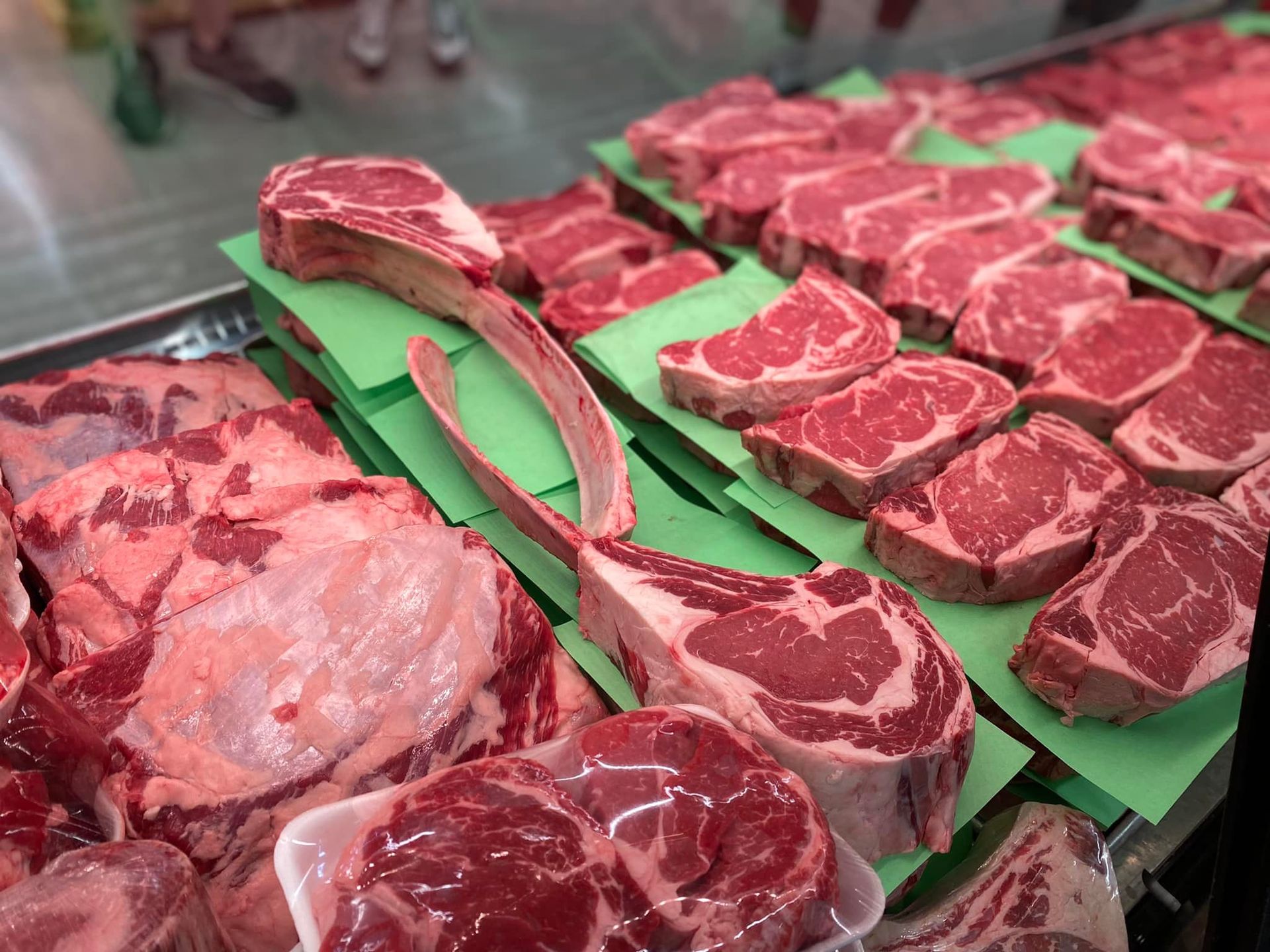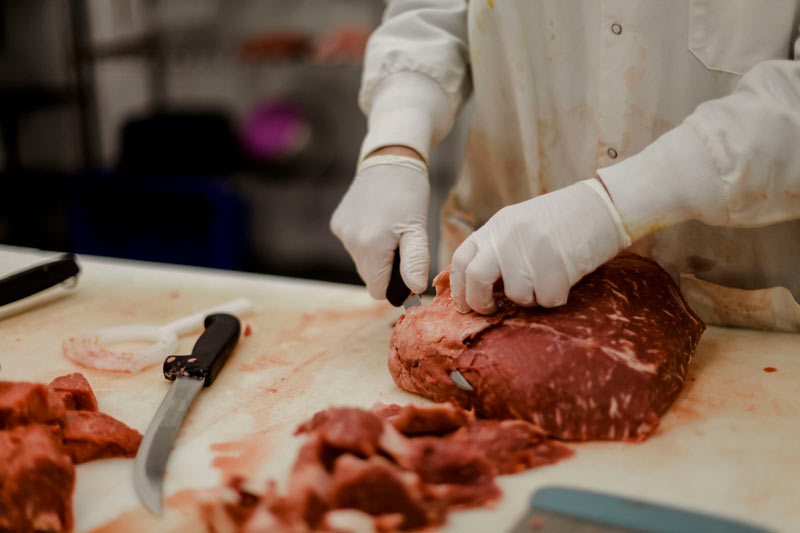Discover Where to Buy Beef Tallow for Optimal Cooking Results
Discover Where to Buy Beef Tallow for Optimal Cooking Results
Blog Article
The Nutritional Conveniences of Incorporating Beef Tallow Into Your Diet Plan
Beef tallow has amassed interest for its unique dietary profile, which consists of an abundant array of vital fatty acids and fat-soluble vitamins that can support total wellness. The implications of integrating this traditional fat into modern nutritional techniques invite a closer exam of its prospective advantages and disadvantages.

Nutrient Account of Beef Tallow
Beef tallow flaunts a rich nutrient profile that makes it an important addition to numerous diets. Primarily composed of saturated and monounsaturated fats, beef tallow is around 50-60% hydrogenated fat, which contributes to its stability at high cooking temperature levels. This characteristic makes it an outstanding choice for roasting and frying, as it resists oxidation and keeps its nutritional quality.

In addition, beef tallow is complimentary from trans fats, making it a healthier option to several veggie oils. Its nutrient density not just offers power however likewise help in the absorption of nutrients from other foods. As a conventional cooking fat, beef tallow can boost the taste of meals while adding to overall nutritional intake, aligning well with different nutritional choices, including low-carb and ketogenic diet plans.
Wellness Perks of Healthy Fats
Integrating healthy and balanced fats like those found in beef tallow into the diet regimen can generate various health and wellness advantages that support general well-being. Healthy fats play a vital duty in keeping cellular structure, hormone production, and nutrient absorption. They are necessary for optimum brain function, as the mind is composed of virtually 60% fat, mainly healthy fats.
One noteworthy benefit of healthy fats is their payment to heart health (where to buy beef tallow). In contrast to obsolete beliefs that all fats add to cardiovascular disease, studies show that healthy fats can improve cholesterol degrees and minimize inflammation, eventually decreasing the threat of cardiovascular disease. Furthermore, fats, such as those located in beef tallow, are a secure source of power, offering sustained fuel for metabolic procedures and physical activities
In addition, healthy and balanced fats can assist in weight management by promoting satiation, which can help in reducing overeating. They likewise support the absorption of fat-soluble vitamins, consisting of A, D, E, and K, improving general nutrient uptake. By integrating beef tallow and other healthy fats into the diet regimen, people can boost their dietary account while delighting in a plethora of health and wellness benefits that cultivate longevity and vitality.

Cooking With Beef Tallow
Cooking with beef tallow provides a versatile and savory alternative for a range of culinary applications. This made fat, originated from beef, boasts a high smoke factor of around 400 ° F(204 ° C ), making it ideal for frying, sautéing, and roasting - where to buy beef tallow. Its durable flavor boosts recipes, imparting a rich, tasty quality that enhances different ingredients
Beef tallow is especially appropriate for typical cooking techniques, such as deep frying, where it can produce an excellent crust on veggies and meats. The fat's capacity to endure heats without damaging down makes sure that you accomplish crispy textures while preserving moisture within the food. Additionally, its steady nature indicates it can be recycled several times for frying, making it an affordable option for home cooks and specialist kitchen areas alike.
In cooking, beef tallow can work as a replacement for butter or shortening, offering an unique depth of flavor to breads and pie crusts. It can be integrated into sauces and gravies, enhancing their preference and offering a Website lush mouthfeel. By welcoming beef tallow in your food preparation arsenal, you can elevate your meals while using its nutritional advantages.
Contrasts With Other Fats
When assessing cooking fats, beef tallow stands out in comparison to other typical choices such as veggie oils, butter, and lard. Beef tallow is mainly made up of saturated and monounsaturated fats, which are extra steady at high temperatures, making it less prone to oxidation than polyunsaturated vegetable oils.
On the other hand, while butter has advantageous nutrients like fat-soluble vitamins, it has a reduced smoke factor and can shed easily. Lard, similar to tallow, has a desirable fat account however might include greater levels of polyunsaturated fats, depending on the pig's diet plan.

Vegetable oils, usually marketed as much healthier alternatives, can be very processed and have trans fats, which have been connected to unfavorable health effects. Furthermore, the omega-6 fatty acids prevalent in many veggie oils can add to swelling when consumed in unwanted. In general, beef tallow supplies a distinct equilibrium of flavor, stability, and dietary advantages that can make it a more effective selection in numerous culinary applications.
Including Beef Tallow Into Meals
Beef tallow can be perfectly incorporated into a variety of dishes, enhancing both taste and nutritional worth. This provided fat, abundant in monounsaturated fats and vitamins A, D, E, and K, serves as a versatile cooking tool. It is suitable for high-heat applications such as frying and roasting, where it can pass on a mouthwatering deepness to vegetables, meats, and even baked items.
When sautéing, go to this website take into consideration using beef tallow rather than typical oils to elevate the preference of stir-fries or veggie assortments. For a heartier flavor, try integrating it into mashed potatoes or creamy sauces, where its abundant uniformity can create a Clicking Here glamorous mouthfeel. Additionally, beef tallow can be made use of as a base for sauces, including a durable taste account that complements a variety of dishes.
For those exploring baking, replacing beef tallow for butter or shortening in pie crusts can yield a half-cracked, tasty outcome. When cooking, cleaning tallow on meats can boost moisture retention and offer a fascinating sear. By attentively incorporating beef tallow right into your meals, you can take pleasure in not only boosted tastes yet also the amazing dietary benefits it provides.
Verdict
Including beef tallow right into the diet offers considerable nutritional advantages, consisting of essential fatty acids and fat-soluble vitamins that improve overall wellness. The positive equilibrium of saturated fats contributes to enhanced nutrient absorption and power security. Additionally, the culinary flexibility of beef tallow makes it an appealing choice for various cooking approaches. Generally, the integration of beef tallow right into dishes can sustain health and health, making it a useful enhancement to a balanced diet regimen.
Largely made up of saturated and monounsaturated fats, beef tallow is approximately 50-60% saturated fat, which adds to its stability at high cooking temperature levels. As a traditional food preparation fat, beef tallow can improve the flavor of dishes while contributing to overall nutritional consumption, lining up well with numerous nutritional preferences, including ketogenic and low-carb diet plans.
Incorporating healthy and balanced fats like those located in beef tallow into the diet plan can generate countless wellness benefits that support overall health. By integrating beef tallow and various other healthy fats right into the diet plan, people can improve their nutritional profile while enjoying a plethora of health and wellness benefits that promote long life and vigor.
When evaluating food preparation fats, beef tallow stands out in contrast to other usual alternatives such as vegetable oils, butter, and lard.
Report this page